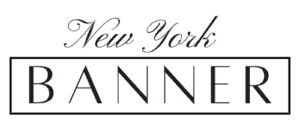David Mackenzie Ogilvy was a British advertising tycoon, founder of Ogilvy & Mather, and known as the “Father of Advertising.” Trained at the Gallup research organization, he attributed the success of his campaigns to meticulous research into consumer habits. His most famous campaigns include Rolls-Royce, Dove soap, and Hathaway shirts.
Content of This Article
- David Ogilvy’s Appearance
- Facts About David Ogilvy
- David Ogilvy’s Net Worth
- Early Life
- David Ogilvy’s Wife and Family
- David Ogilvy’s Career
David Ogilvy’s Appearance (Height, Hair, Eyes & More)
| Height | N/A |
| Weight | N/A |
| Hair Color | Gray |
| Eye Color | Blue |
| Body Type | Fit |
| Sexual Orientation | Straight |
Facts About David Ogilvy
| Nationality | British |
| Estimated Net Worth | $16 million |
| Religion | Unknown |
| Zodiac Sign | Cancer |
| Birthplace | West Horsly, Surrey, England |
| Birthday | June 23, 1911 |
David Ogilvy’s Net Worth
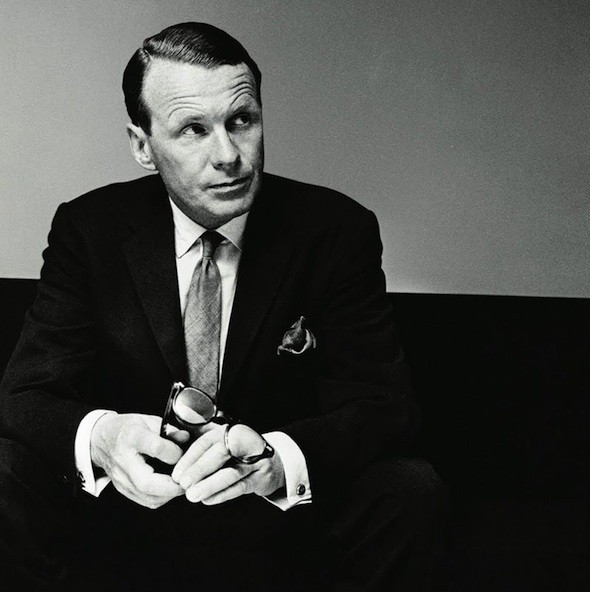
David Ogilvy’s net worth was approximately $16 million. He is a renowned advertising executive and the founder of Ogilvy & Mather, and he had several sources of income throughout his career. He was a producer and writer known for High Flyers (1999), Blue Water High (2005), and Return to Jupiter (1997).
Early Life
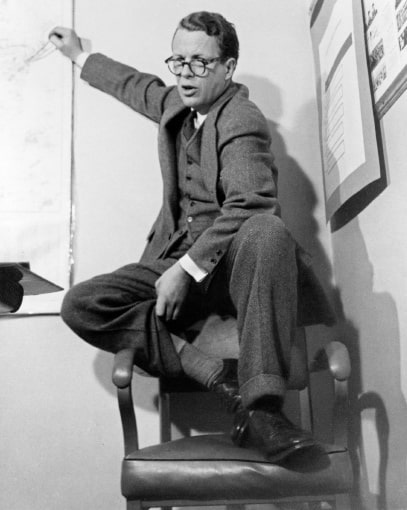
David Mackenzie Ogilvy was born in England’s West Horsley, Surrey, on June 23, 1911. His mother was Dorothy Blew Fairfield, the daughter of the Irish civil servant Arthur Rowan Fairfield. Francis John Longley Ogilvy, his father, was a stockbroker. He was a first cousin once removed of the writer Rebecca West and of Douglas Holden Blew Jones, who was the brother-in-law of Freda Dudley Ward and the father-in-law of Antony Lambton, 6th Earl of Durham.
In 1931, he began working in the restaurant of the Hotel Majestic in Paris. After a year, he returned to Scotland and began door-to-door sales of AGA cooking appliances. His success in this endeavor drew the attention of his employer, who asked him to compose a manual for the other salesmen entitled The Theory and Practice of Selling the AGA Cooker. The editors of Fortune magazine deemed it the finest sales instruction manual ever written thirty years later.
Ogilvy’s older brother Francis Ogilvy, the father of actor Ian Ogilvy, presented the manual to management at the London advertising agency where he was employed, Mather & Crowther. In 1935, they offered the younger Ogilvy a position as account executive, which he accepted.
Education
David Ogilvy attended St Cyprian’s School, Eastbourne, on reduced fees because of his father’s straitened circumstances and won a scholarship at age thirteen to Fettes College in Edinburgh. In 1929, he again won a scholarship, this time in history, to Christ Church, Oxford. He left Oxford after two years, having failed his exams.
David Ogilvy’s Wife and Family
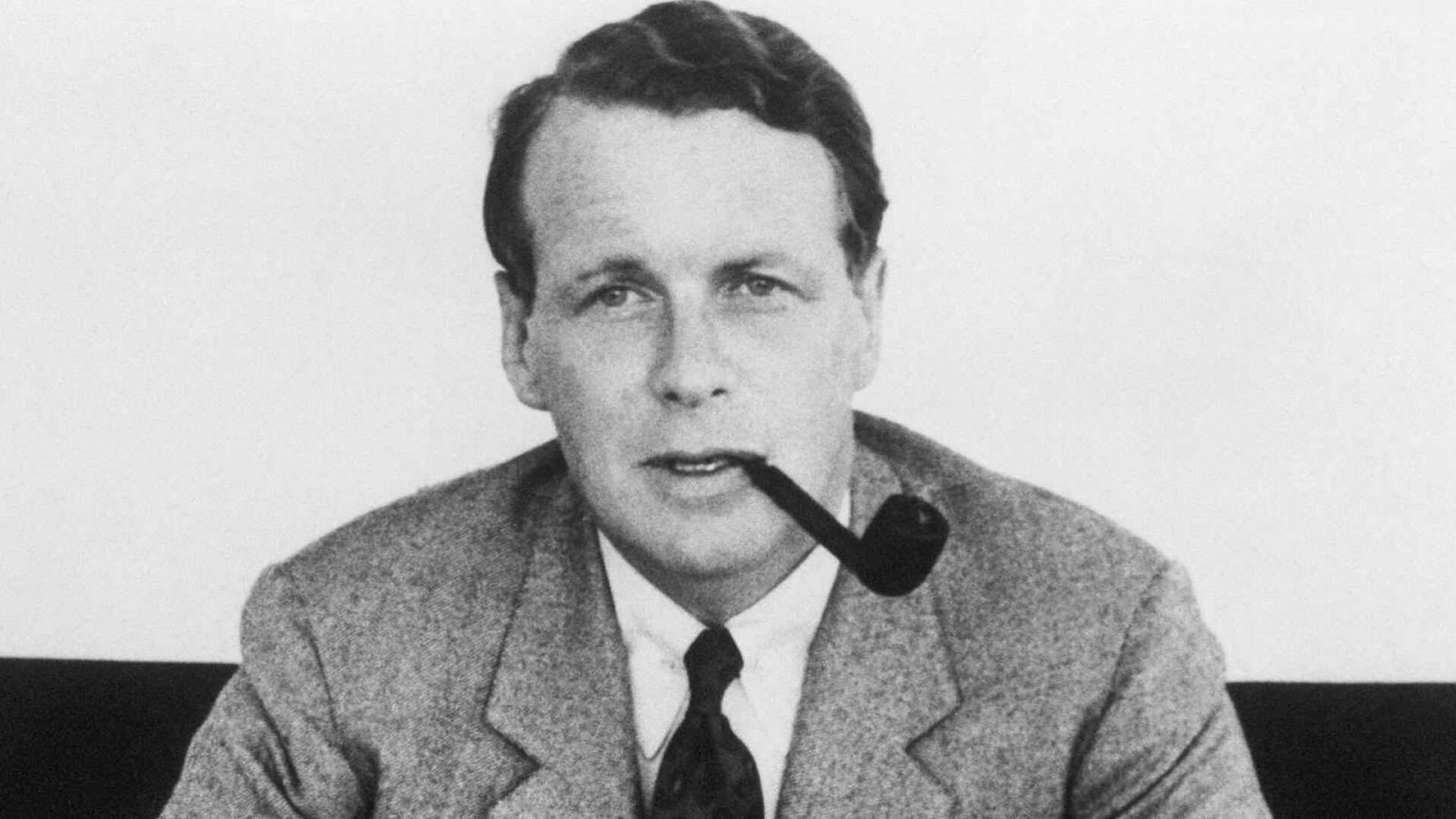
At age 75, David Ogilvy was asked if anything he’d always wanted had somehow eluded him. His reply was, “Knighthood. And a big family – ten children.” (His only child, David Fairfield Ogilvy, was born during his first marriage to Melinda Street. That marriage ended in divorce (1955), as did a second marriage to Anne Cabot. Ogilvy married Herta Lans in France in 1973.) David later passed away at his residence in Touffou, France. His cause of death was not disclosed.
David Ogilvy’s Career
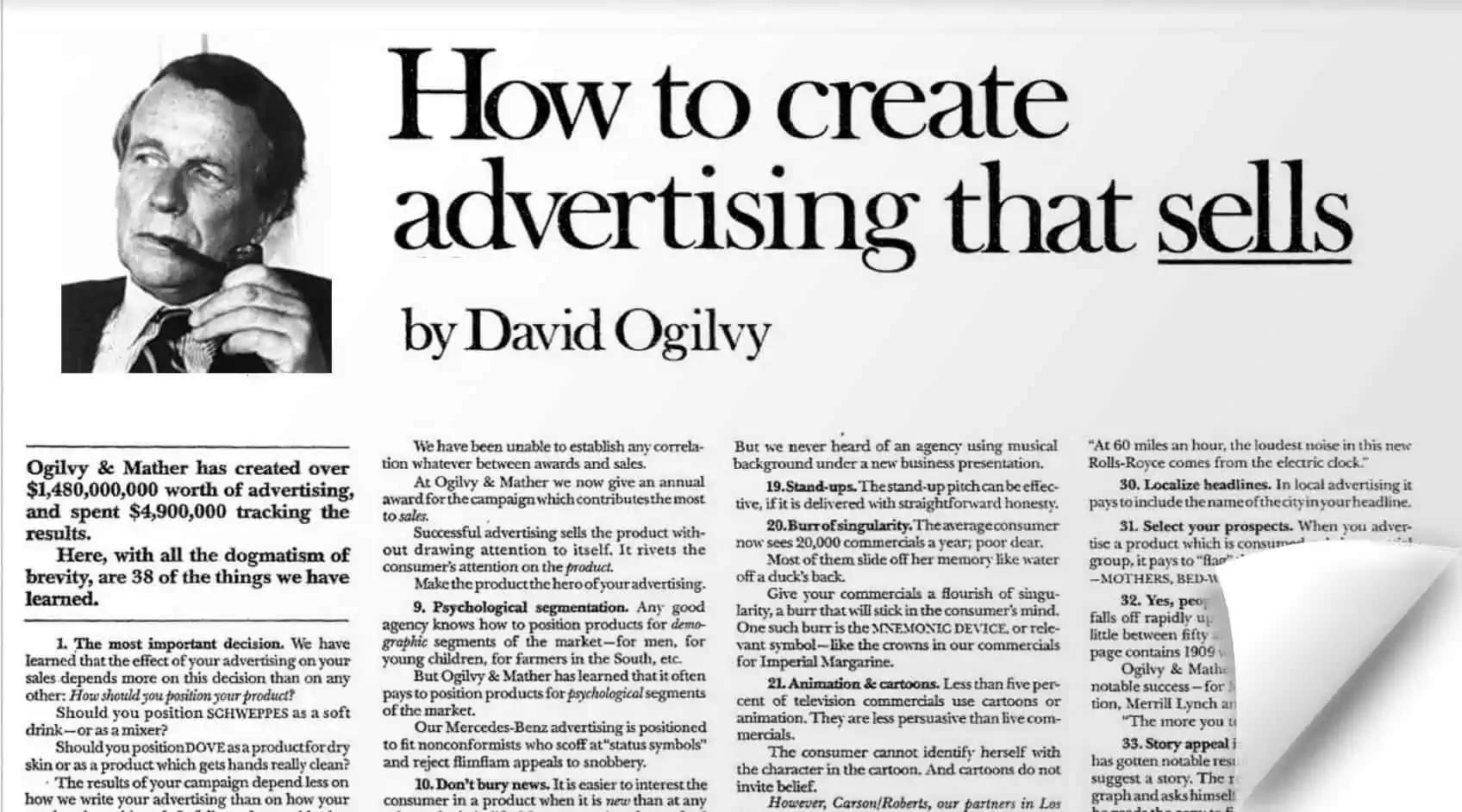
In 1938, David Ogilvy immigrated to the United States and began working in New Jersey for George Gallup’s Audience Research Institute. Gallup is one of the most significant influences on Ogilvy’s thinking, emphasizing meticulous research techniques and adherence to reality. During World War II, Ogilvy worked for the British Embassy in Washington’s Intelligence Service. There, he wrote enormously, analyzing and making recommendations on matters of diplomacy and security. He extrapolated his knowledge of human behavior from consumerism to nationalism in a report, which suggested “applying the Gallup technique to fields of secret intelligence.”
Eisenhower’s Psychological Warfare Board picked up the report and successfully put Ogilvy’s suggestions to work in Europe during the last year of the war. After the war, Ogilvy bought a farm in Lancaster County, Pennsylvania, and lived among the Amish. The atmosphere of “serenity, abundance, and contentment” kept Ogilvy and his wife in Pennsylvania for several years. Still, eventually, he admitted his limitations as a farmer and moved to New York.
In 1948, he established the advertising agency Hewitt, Ogilvy, Benson & Mather (later renamed Ogilvy & Mather Worldwide) in New York, with the financial backing of Mather & Crowther in London. He had never before written an advertisement. Thirty-three years later, he sent a memo to one of his business partners titled, “Will Any Agency Hire This Man?” He is 38 years old and jobless. He pulled out of university. He has worked as a chef, merchant, diplomat, and farmer.
He has no marketing knowledge and has never written copy. He claims (at age 38!) to be interested in advertising as a vocation and is willing to work for $5,000 per year. He suspects that any American firm will employ him. Nonetheless, a London agency hired him. Three years later, he became the most renowned copywriter in the world and eventually founded the tenth-largest agency. Sometimes, it pays for an agency to be creative and unconventional in its recruiting practices.
In the first two decades of his agency’s existence, Ogilvy secured contracts with Lever Brothers, General Foods, and American Express. Shell gave him their entire North American account. For their first national advertising campaign, Sears engaged him. “I doubt whether any copywriter has ever had so many winners in such a short period of time,” he wrote in his autobiography. “They made Ogilvy & Mather so hot that getting clients was like shooting fish in a barrel.” In 1965, Ogilvy merged the agency with his London backers Mather & Crowther to create a new international company. One year later, the company became one of the first advertising agencies to go public. Soon, Ogilvy & Mather had established itself as one of the best agencies in all regions and had expanded globally.
In 1973, Ogilvy retired from his position as chairman of Ogilvy & Mather and moved to his estate in France Touffou. Although he was no longer involved in the day-to-day operations of the agency, he maintained contact with the organization. His correspondence increased the volume of mail handled in the adjacent town of Bonnes so dramatically that the post office was reclassified, and the postmaster’s salary was increased. In the 1980s, Ogilvy emerged from retirement to serve as chairman of Ogilvy & Mather in India.
In addition, he served as interim chairman of the agency’s German office for a year, commuting daily between Touffou and Frankfurt. He traveled to international company locations and continued representing Ogilvy & Mather at client and business gatherings. When the Ogilvy Group was acquired by WPP in 1989, two events occurred simultaneously: WPP became the world’s largest marketing communications firm, and David Ogilvy was appointed non-executive chairman (a position he held for three years).
In 1967, he was promoted to commander of the British Empire. He was inducted into the US Advertising Hall of Fame in 1977 and received France’s “Order of Arts and Letters” in 1990. He chaired Lincoln Center’s Public Participation Committee. He was appointed chairman of the United Negro College Fund in 1968 and a member of the World Wildlife Fund’s Executive Council in 1975. On July 21, 1999, David Ogilvy passed away at his residence in Touffou, France.
